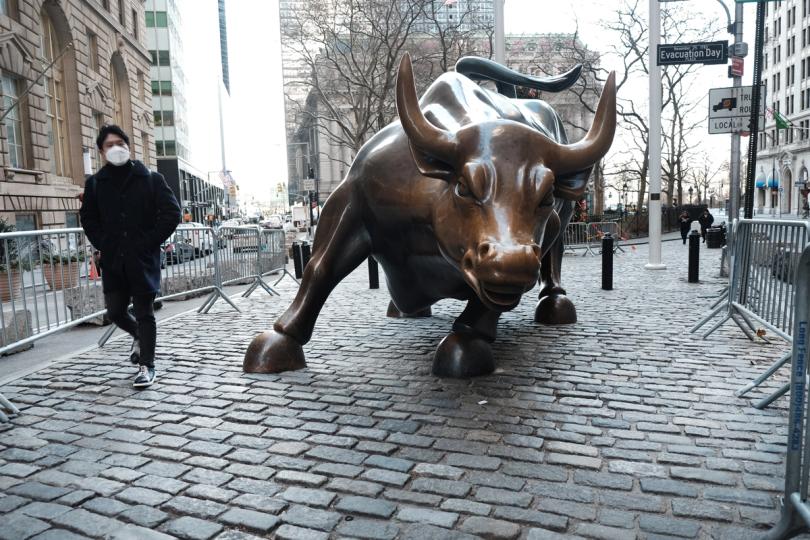As we enter the last quarter of 2025, investors are stepping into a historically positive period for cryptocurrency markets. In particular, Bitcoin (BTC) has provided an average return of 79% since 2013. According to a new report published by CoinDesk Indices, there are several factors that could lead to a repeat of this trend: monetary policy easing, increased institutional adoption, and new regulatory developments in the United States.
The backdrop is changing rapidly. The Federal Reserve's latest interest rate cut has lowered rates to the lowest level in three years, creating a wider environment for risk-taking. Institutions responded quickly in the third quarter. In the United States, over $18 billion was invested in spot exchange-traded funds (ETFs) for Bitcoin and Ethereum (ETH). Furthermore, public companies now hold more than 5% of Bitcoin's total supply.
Altcoins have also made remarkable progress. More than 50 public companies hold tokens on their balance sheets - aside from Bitcoin. As of the third quarter, Bitcoin rose to $114,000, an increase of 8%. This rise has been supported by treasury adoption from public companies.
Expectations regarding monetary easing and growing interest in Bitcoin as a hedge against currency devaluation suggest that the asset's momentum will continue until the end of the year. However, this time Bitcoin is not in the spotlight. Ethereum increased by 66.7% in the third quarter, reaching a new all-time high near $5,000. This rise was driven by treasury accumulation and ETF inflows. However, future gains may depend on the upcoming Fusaka update in November, which aims to improve scalability and network efficiency. If successful, it could reinforce Ethereum’s fundamental role in on-chain financial activities.
Solana (SOL) gained 35% in the third quarter, supported by significant institutional purchases and record ecosystem revenue. With the launch of new ETF products and the Alpenglow update, Solana is positioning itself as a high-performance layer for decentralized applications. XRP has experienced a gain of over 37% this year. This increase has stemmed from the resolution of the long-standing lawsuit between the Securities and Exchange Commission (SEC) and Ripple, eliminating legal uncertainty. As Ripple's stablecoin RLUSD expands into international markets, this may attract more DeFi protocols for XRP.
Cardano (ADA) saw an increase of 41.1% in the third quarter. While on-chain activity remains relatively modest, steady growth in stablecoin usage, derivative volume, and decentralized exchange (DEX) activities has created a more stable foundation for potential expansion. A decision regarding the spot Cardano ETF could be a turning point for institutional adoption.
In a broader context, the CoinDesk 20 Index, which tracks the 20 most liquid and tradable digital assets, registered an increase of over 30% in the third quarter. Indices tracking average and small-cap assets, such as CoinDesk 80 and CoinDesk 100, also experienced strong returns. In the coming days, the approval of general listing standards for crypto ETFs and the launch of multi-asset and staking-based ETPs could accelerate investments further. For investors, the fourth quarter presents a unique turmoil of favorable macro conditions, deepening institutional participation, and renewed interest in altcoins.
```⚖️ Yasal Uyarı:Bu içerik yatırım tavsiyesi niteliği taşımaz. Yatırımlarınızla ilgili kararlarınızı kendi araştırmalarınız ve risk profilinize göre almanız önerilir.
Bitcoin, Ethereum, cryptocurrency, ETF, altcoin, market, investor




















.png)